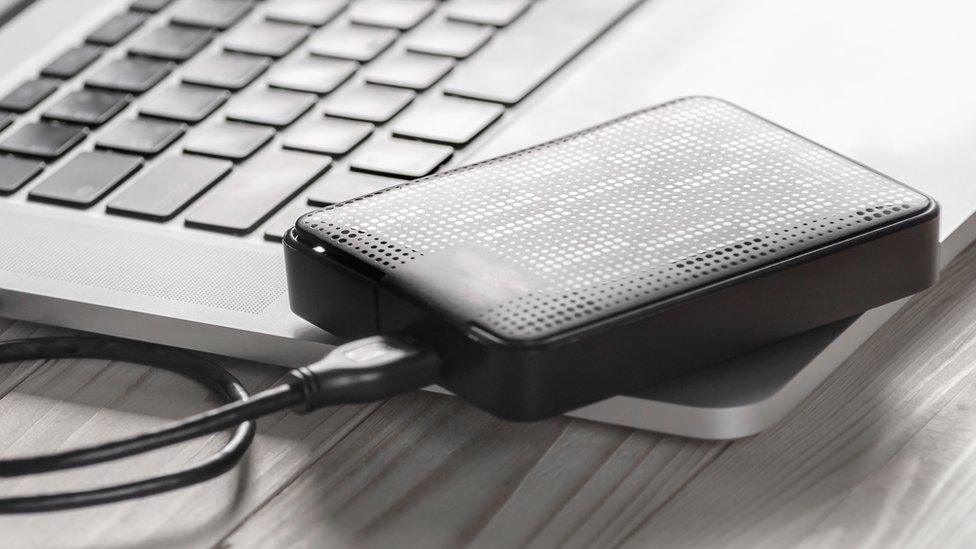US Court orders Touch ID iPhone unlock
- Published
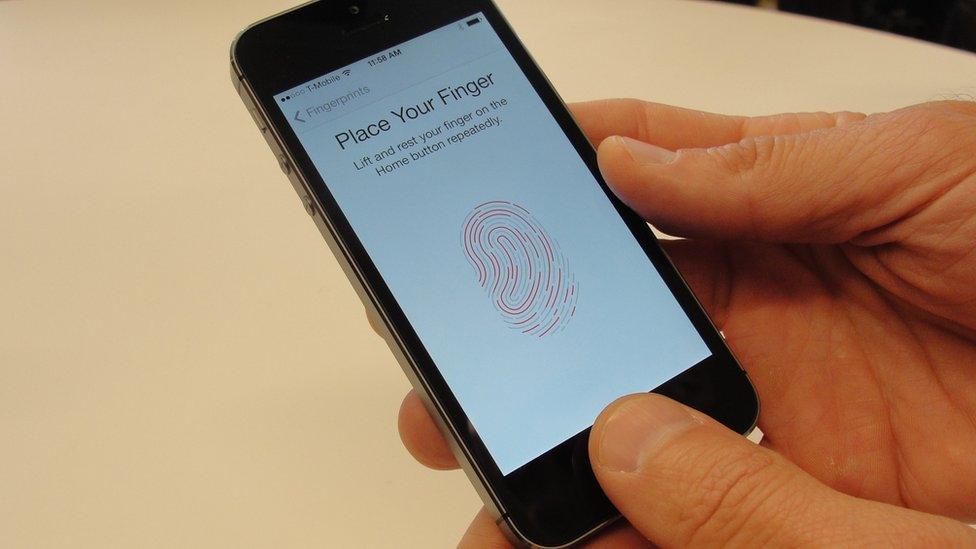
Apple's fingerprint ID system is one of two ways to unlock - and therefore decrypt - an iPhone
A US court has made a woman unlock her iPhone with her fingerprint.
Magistrate Alicia G Rosenburg signed a seizure warrant for the "fingerprint on iPhone device" of Paytsar Bkhchadzhyan, of Los Angeles, on 25 February, while she was in police custody.
It authorised officers to "depress" her fingerprints on the sensor.
Campaigners say making suspects decrypt their phones means they are testifying against themselves, which contravenes the US constitution's fifth amendment.
Apple's Touch ID system is one of two ways to unlock the encrypted contents of an iPhone - the other being to input the passcode. But the fingerprint can be used only within 48 hours of the phone being locked.
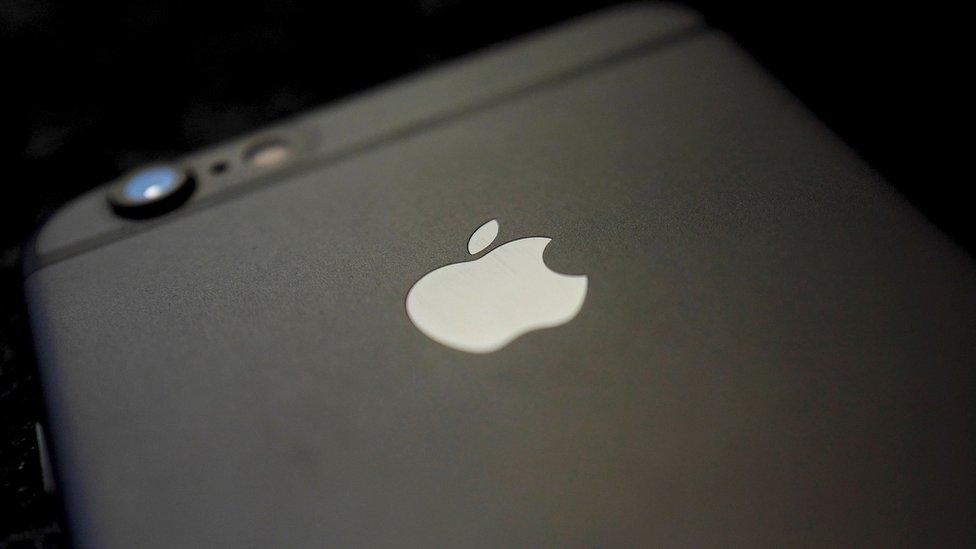
Apple fought the FBI in court over its device encryption earlier this year
It has been argued that while a passcode is "contents of the mind", and thus protected under the fifth amendment, a fingerprint is physical evidence, and can be treated like a blood sample or prints recovered from a crime scene.
University of Dayton law professor Susan Brenner said smartphones contained a great deal of personal information and "a lot of that could be incriminating".
"By showing you opened the phone, you showed that you have control over it," she said.
"It is the same as if she went home and pulled out paper documents - she has produced it."
If a person could not refuse to put their finger on a biometric reader to decrypt data for the government, "then encryption really isn't worth much", said Prof Brenner.
"The result would be we would create content at our peril, as we would have no way to secure it from state investigators."
Meanwhile, in Pennsylvania, a man remains in jail for refusing to decrypt two hard drives investigators suspect contain indecent images of children.
In that case, the Electronic Frontier Foundation campaign group said compelling suspects to decrypt data violated fifth amendment rights.
"Complying with the order would communicate facts that are not foregone conclusions already known to the government," it said.
- Published24 February 2016
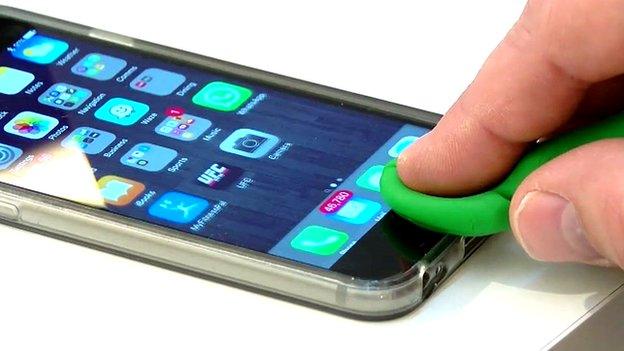
- Published12 April 2016
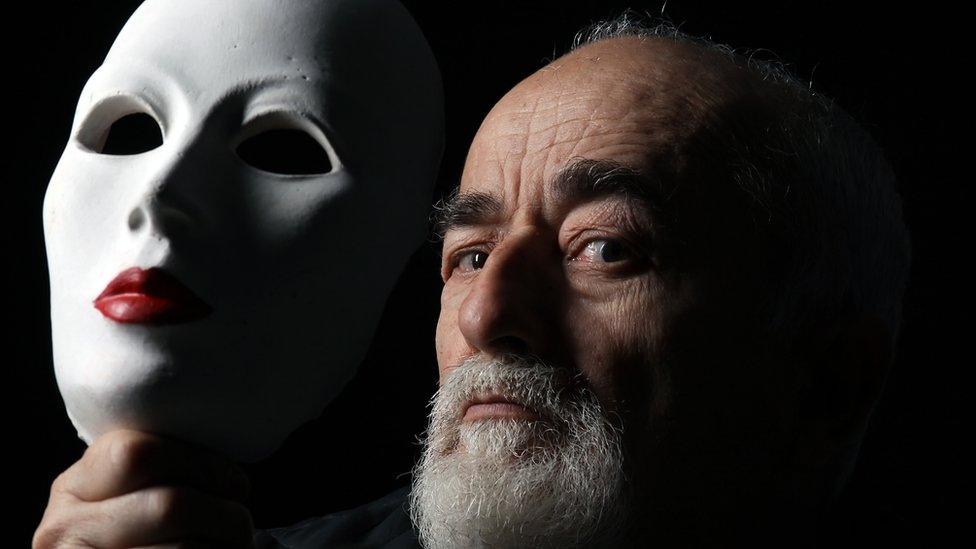
- Published29 April 2016
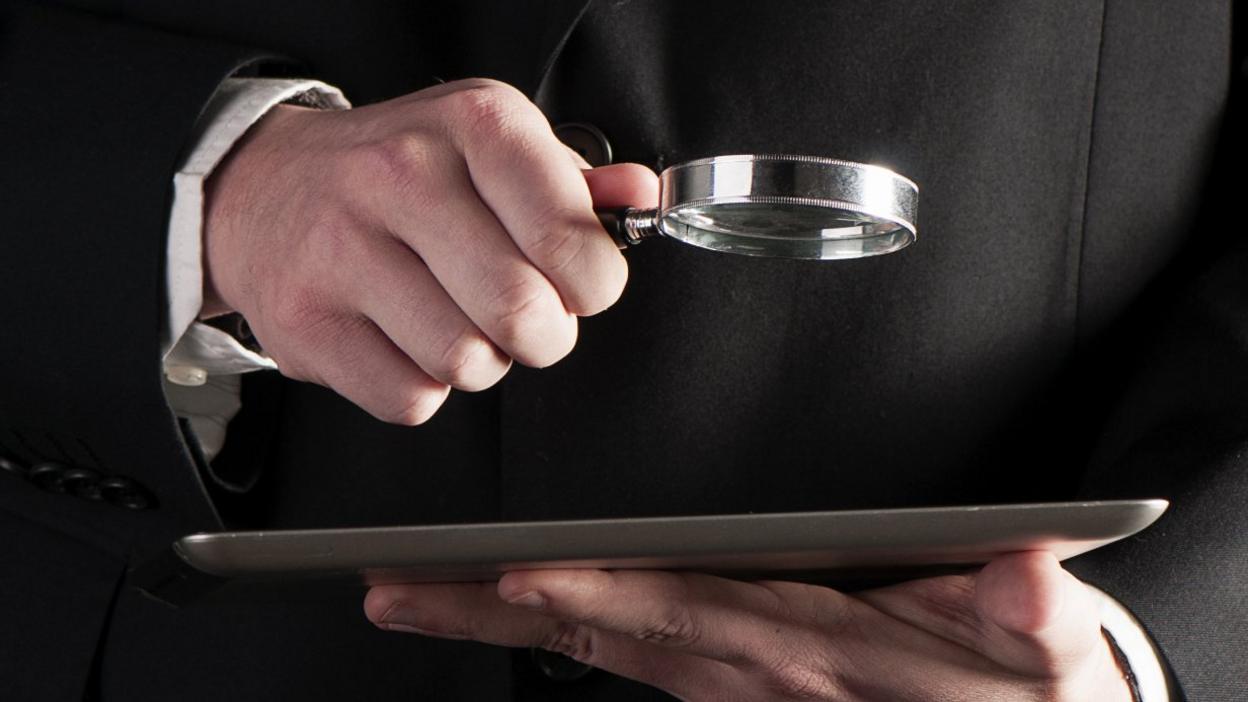
- Published28 April 2016
